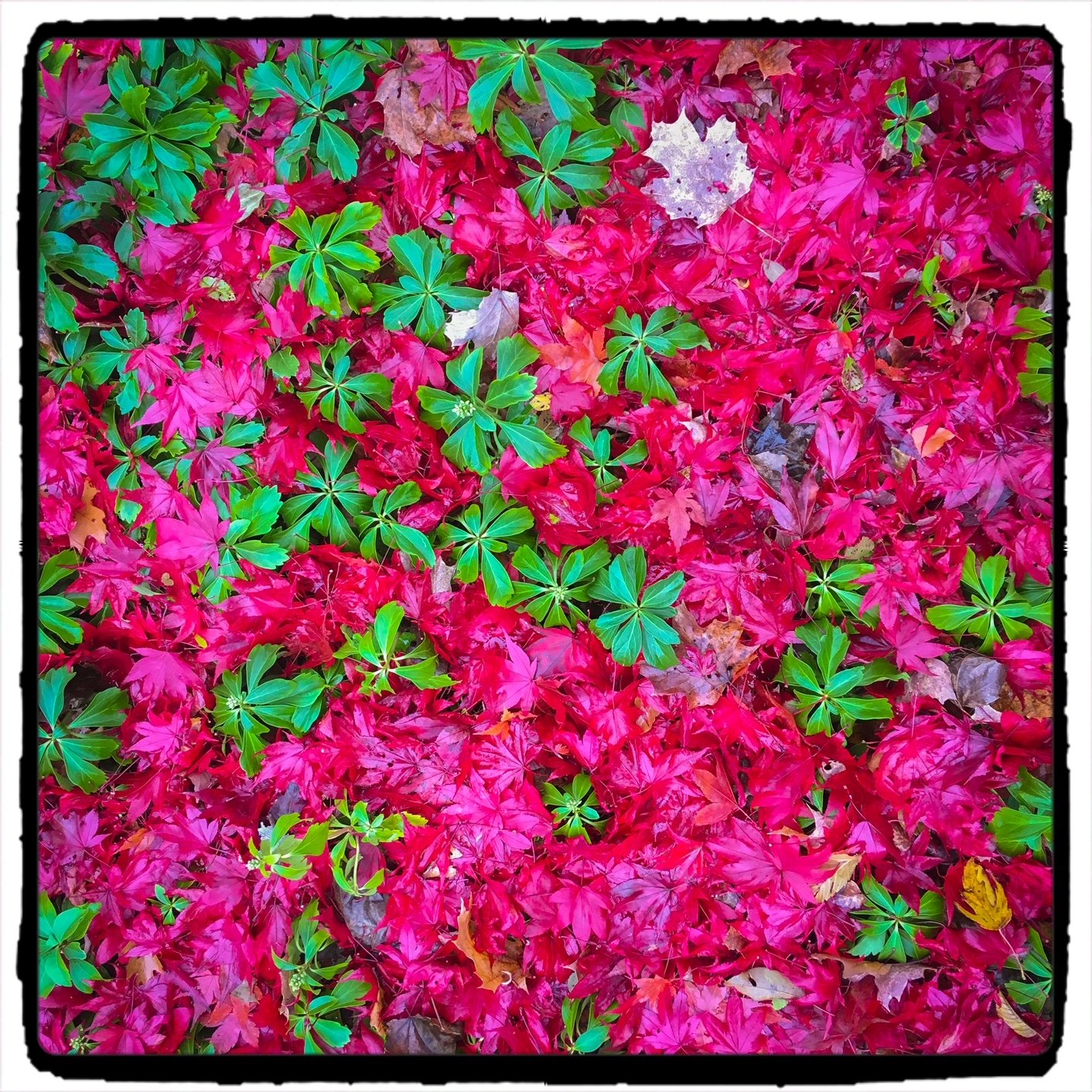Pachysandra: Native and non-native ground cover for woodland gardens
Low maintenance evergreen ground cover is popular choice for shade garden
Pachysandra has long been a favourite ground cover for gardeners looking for an easy-to-grow, low maintenance plant for the shade garden.
If you can grow the native variety (see below) definitely make the effort to get it established in the garden.
I have used it in our front woodland garden as one of the main ground covers to form the basic structure of the landscape. It’s important to note that pachysandra is just one of several ground covers that I have put in the front garden to compete with one another and form an interesting tapestry with various ground covers fighting for dominance in the garden.
Pachysandra forms a solid enough ground cover that is manageable but still allows me to grow more interesting plants up through it.
The pachysandra (Pachysandra terminalis) or Japanese spurge competes with sweet woodruff, ferns, epimediums and others to form the dominant ground cover. It weaves through the main front garden that is heavily planted with black-eyed Susans, columbines and other spring ephemerals like trillium, solomons seal and bloodroot helping to bring the garden together in a naturalized look.
Like most ground covers it can be aggressive and, if allowed to take over, can form a dense foliage that will choke out other plants. Keeping it from overpowering other plants is not difficult but you need to keep your eye on it each year.
The more naturalized look involving competing ground covers with perennials growing up through it may not be for everyone. I prefer that look to a single ground cover simply replacing a sea of grass.
A single ground cover is simple and makes the landscape look neat and tidy, but it lacks the variety that is important to attract wildlife from birds to insects, reptiles and the like.
I have seen everything from toads, to small snakes, birds chipmunks and red squirrels rooting around in our front garden ground covers.
As an added bonus, the deer that visit almost daily leave the pachysandra alone.
Looking for more information on ground covers? Please check out my other posts on ground covers I use in the woodland garden.
• Bunchberry ideal ground cover
• What is the easiest ground cover to grow?
• Creeping thyme as a ground cover
• Moss and moss-like ground covers
How high does Pachysandra grow?
The popular evergreen ground cover, native to Japan and China, works well in cooler regions in hardiness zones 5a to 8b). It grows to about 6 inches in height, and spreads aggressively to create a mat of leaves and stems.
Native pachysandra is an excellent choice for woodland
Allegheny spurge (Pachysandra procumbens), is a native semi-evergreen species that is at home in fertile, well-drained, moist wooded areas in USDA zones 5b to 9a that includes Indiana, Kentucky, Tennessee, North Carolina, south to Florida, and west to Louisiana.
Both the non-native and native species will grow well in partial to full shade in well-drained, fertile soil.
You can use it in shady areas that have had trouble supporting grass.
Clemson College of Agriculture, Forestry and Life Sciences, on their website, is quick to recommend the native species for a woodland garden.
“Allegheny spurge is a perfect fit for naturalized, woodland gardens where it can be planted en masse,” Clemson writes on its informative website. “The less aggressive nature and open growth habit of Allegheny spurge makes it a suitable companion with other shade-loving groundcovers and low-growing plants.”
Pachysandra: Keep it contained
Not unlike other ground covers, it’s a good idea to keep pachysandra contained in some way. Ours is more or less contained by massive boulders on one side and a cement path on another side. Any other control is done by simply pulling out any lateral growth that looks like it is getting too comfortable growing in a particular direction.
If you want to use it in another area of the garden, you can just take cuttings from your existing patch. In fact, our front garden patch of pachysandra was created by using a handful of pachysandra cuttings purchased at the local garden club annual sale for a very small price.
Patience is key here. I’d estimate that it took 3-5 years for the cuttings to cover a fairly large area (15 feet by 15 feet) in our front garden.
But, if you are looking to save some money, pachysandra can be a good choice to begin adding to an area of the garden that needs a ground cover that performs better is a shady location than a boring, thinning patch of turf grass.


